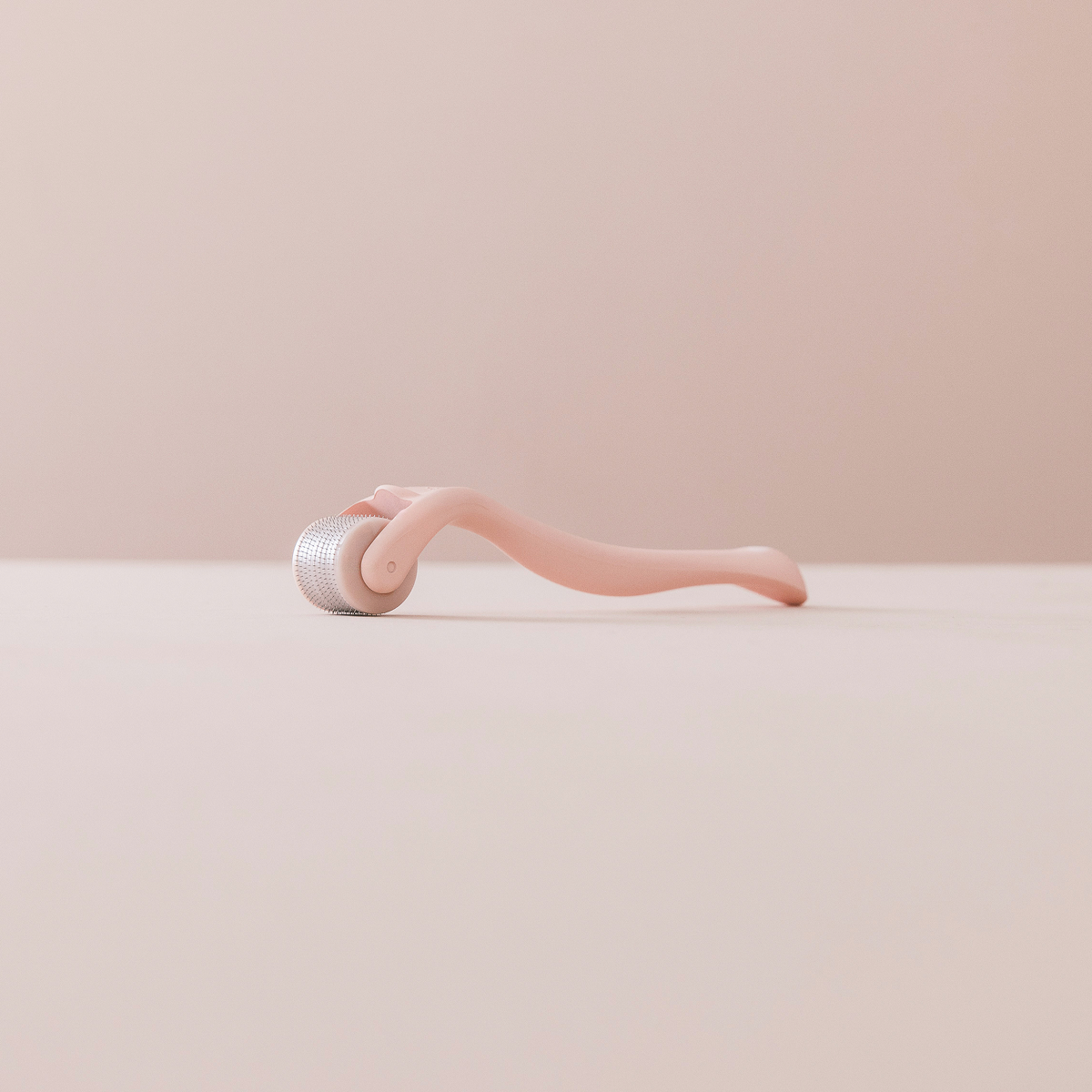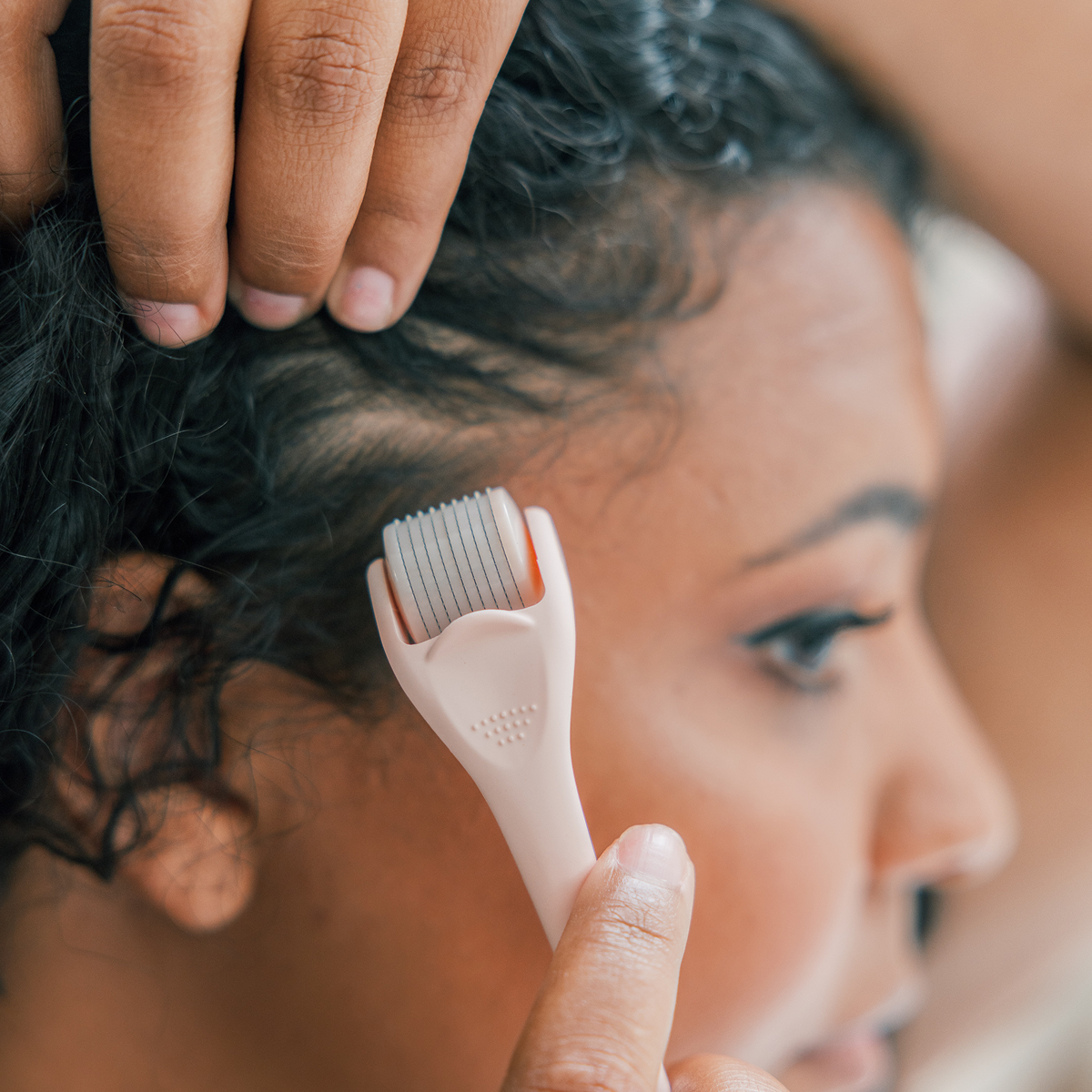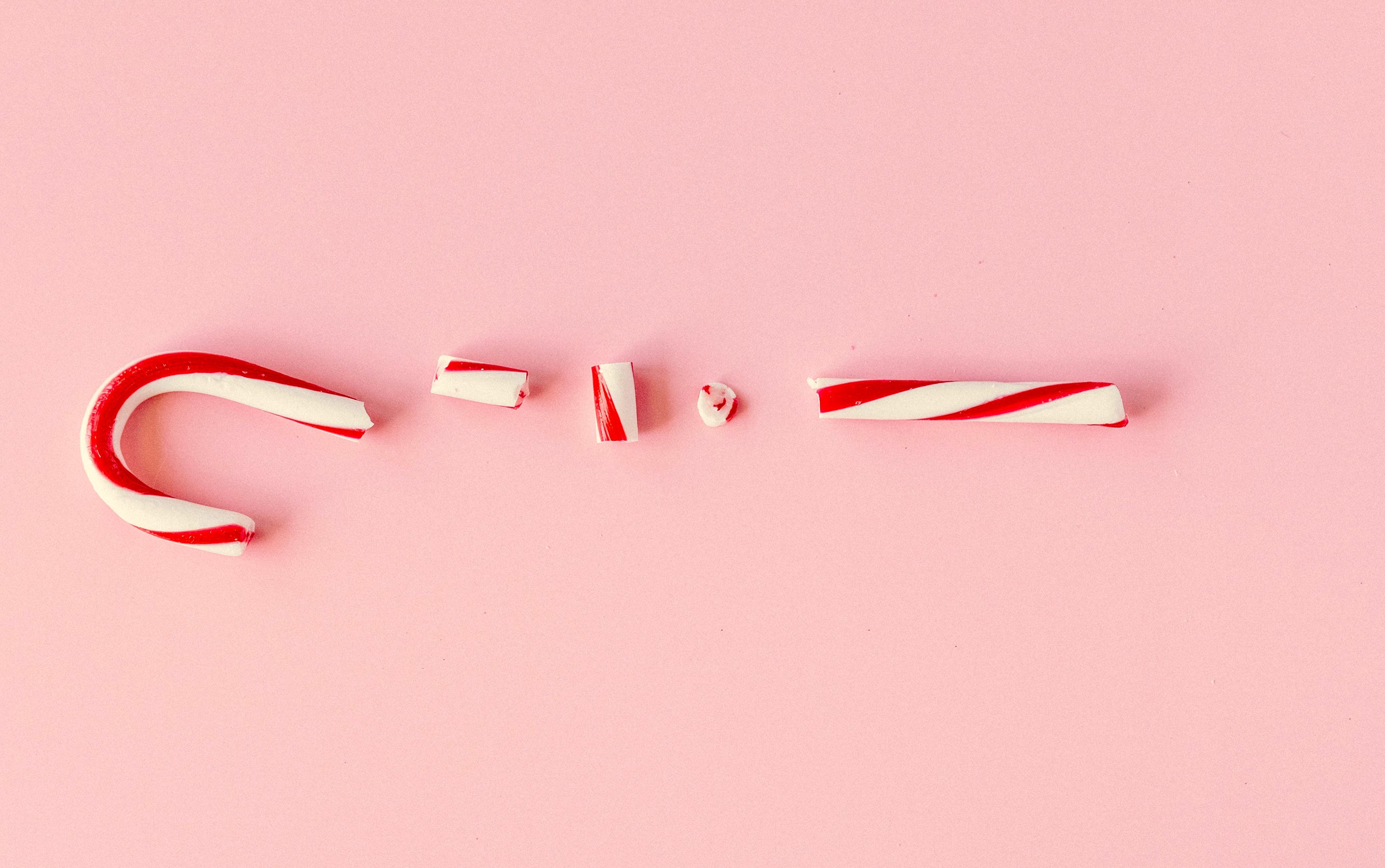From fabulous mermaid waves to sleek and sexy locks, our heat styling tools help us achieve some of the most jaw-dropping looks.
But as much as we love our blow dryers, our curling irons, and our flat irons, the truth of the matter is, extreme heat is not great for your hair. If you’re not careful, you could be frying it to a pulp rather than just achieving some enjoyable styles.
–> Struggling with dry, brittle hair? Try HAIRLOVE's Growth Complex, designed to strengthen and replenish hair strands from the inside out!
How extreme heat damages hair
From the outside in, extreme heat works a number on our hair, including:
- Cracking the outer surface, or cuticle, causing fraying and split ends
- Evaporating water from inside the hair shaft, leaving it brittle
- Breaking down keratin, the protein that gives hair strength and elasticity
- Altering color pigmentation (bleached hair might turn more brassy)
Over time, prolonged use of heat styling tools without protection causes more breakage, straw-like texture, faded color, and, worst of all, it can actually change our hair’s protein structure permanently. That means hair treatments meant to restore and replenish hair, like argan oil and aloe vera masks, just aren’t going to cut it. If the split ends and other damage get too bad, your only option might be to cut it all off and start again.
Fortunately, all that scary-sounding heat damage doesn’t mean we need to give up on heat styling entirely. There’s no need to resign yourself to just one hairstyle for the rest of your life. Instead of giving in and letting hair damage win, try adding a heat protectant to your heat styling routine.
How heat protectants work
Heat protectants are designed specifically to insulate your hair during heat treatments. Their special mixture of ingredients creates a barrier between heat styling tools and your hair, slowing heat conduction and distributing it more evenly so that your hair can stay hydrated and structurally intact.
Heat protectant ingredients
Heat protectants are applied as a cream, spray, or serum, and will typically contain:
- Amino and fatty acids, vitamins and other extracts to revitalize and moisturize hair strands (including keratin, argan oil, coconut oil, biotin aloe vera, etc.)
- Humectants which attract water and moisture molecules (including panthenol, sodium lactate, glycol, etc.)
- Occlusives like silicones and polymers which seal in moisture (ingredients like dimethicone, silicone quaterniums, petroleum jelly, etc.)
The limits of heat protectants
Heat protectants are great at reducing heat damage, but even they have limits. Using extreme heat every day, even with a heat protectant, is still tough on your hair and will continue to damage it, even if the heat is less damaging.
So, if you’re worried about the damage all those tools are doing to your hair, the best thing you can do is give your hair a rest. Switch to a no-heat hairstyle every other day, and try to save that heat styling for special occasions, when you really want to pump up the “wow factor’! Quick, simple hairstyles with limited heat styling can be great for just stepping out of the house.
The balance for how often you can heat-treat your hair without irreparably damaging it is different for everyone. The trick here is to ask your hairdresser at every trim how your hair is looking, then make proactive changes to your hair routine based on their feedback, as well as how your hair looks and feels.
And, when in doubt, throw on an argan oil hair mask to let your hair revel in the spa-like luxury of a replenishing hair mask, because your hair deserves plenty of TLC!
FAQs: How Heat Protectants Keep Your Hair Growing Strong
Do I really need to always use heat protectants?
Heat protectants are a lot like sunscreen for your hair. If you go out without sunscreen, you may not always get a sunburn, but you’ll still be getting sun damage. Even if you can’t tell that the heat styling is damaging your hair, it’s still doing so. It’s good practice to use heat protectants every time you use heat to style your hair, as it’ll allow you to get the gorgeous looks you’re going for without having to worry about heat damage.
Can I fix heat damage to my hair?
It is often possible to fix some amount of heat damage to your hair. For example, our argan oil can strengthen damaged hair and help get some moisture back into the hair, which can reduce frizziness and help soothe damaged curls. However, there does come a point where the heat damage can become too severe to be saved. If your hair becomes “fried,” you’re probably going to need to chop it off.
How much heat do I need to be using before I’ll see heat damage?
Almost any amount of heat can cause some amount of damage to your hair; even low-heat levels will still be heating the hair, which can cause damage. However, lower levels of heat are definitely less impactful than higher levels of heat. Heat levels around 140° Celsius, which is about 285°F, start to break down the hair, while the most notable damage will occur at temperatures above 200°C, which is about 390°F. If you can reduce the amount of heat you’re using while applying heat protectant, you’re likely to see healthier hair.



























